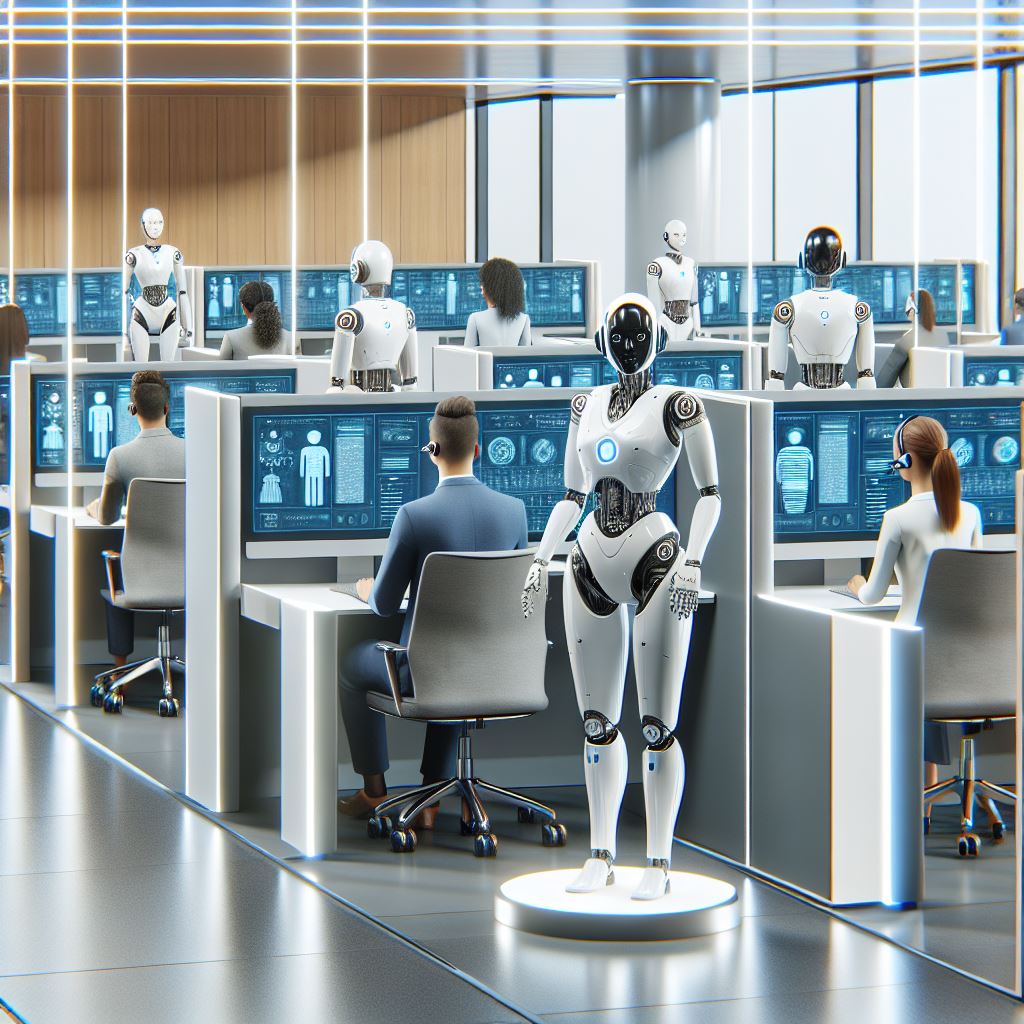It's 3 AM when Maria encounters an issue with her online banking app. Just a few years ago, she would have had to wait until morning to speak with a customer service representative. Instead, she's immediately connected to an AI assistant that not only understands her problem but speaks to her in fluent Spanish, her preferred language. Within minutes, her issue is resolved, and she's back to sleep. This isn't a glimpse into the future—it's happening right now.
The Evolution of Customer Support

The customer service landscape has undergone a dramatic transformation. Gone are the days of endless hold music and frustrating phone trees. Today's AI-powered customer service systems are sophisticated conversational partners that can understand context, emotion, and intent, providing support that feels remarkably human.
At the heart of this revolution is a simple truth: customers want quick, effective solutions to their problems, regardless of the time or channel. Modern AI systems are delivering exactly that, while simultaneously learning from each interaction to become even more helpful.
Beyond Chatbots
The term "chatbot" hardly does justice to today's AI customer service systems. Take the case of a major telecommunications provider that implemented an advanced AI support system. Their virtual assistant doesn't just answer questions—it proactively identifies potential issues before customers even notice them, schedules technician visits when necessary, and even helps customers optimize their service plans based on their usage patterns.
The system has reduced customer wait times from minutes to seconds, but more importantly, it has increased customer satisfaction scores by 35%. The secret? The AI doesn't try to replace human agents—it augments them, handling routine queries while allowing human staff to focus on more complex issues that require empathy and nuanced understanding.
The Language of Service

Perhaps the most remarkable aspect of modern AI customer service is its ability to understand and communicate naturally. Natural Language Processing (NLP) has advanced to the point where AI systems can grasp nuance, detect emotion, and even understand sarcasm. They can communicate across multiple languages, switching seamlessly between them while maintaining context and personality.
A global e-commerce platform recently shared that their AI assistant can effectively communicate in over 30 languages, with a comprehension rate that matches or exceeds human agents in most cases. For customers, this means receiving support in their preferred language, any time of day, without waiting for a translator or specialized agent.
Personalization at Scale
Modern AI systems don't just respond to queries—they anticipate needs based on a deep understanding of each customer's history and preferences. When Sarah contacts her favorite retailer's support system, the AI already knows her purchase history, previous interactions, and preferred communication style. This context allows it to provide personalized solutions that feel tailored specifically to her needs.
The Emotional Intelligence Factor
One of the most fascinating developments in AI customer service is the integration of emotional intelligence. Advanced systems can now detect frustration, confusion, or satisfaction in a customer's tone of voice or writing style, adjusting their responses accordingly. When they sense escalating tension, they can smoothly transfer the conversation to a human agent, ensuring the customer always receives the most appropriate level of support.
Real-World Impact

A major airline's implementation of AI customer service tells a compelling story. During a severe weather event that disrupted hundreds of flights, their AI system:
- Handled a 500% increase in customer inquiries
- Automatically rebooked affected passengers
- Provided real-time updates across multiple channels
- Coordinated with human agents for complex cases
- Maintained a customer satisfaction rate above 90%
The Human-AI Partnership
The most successful implementations of AI in customer service aren't about replacing human agents—they're about creating effective partnerships. AI handles routine queries, data analysis, and initial customer interactions, while human agents focus on complex problem-solving, emotional support, and relationship building.
Looking Forward
The future of AI in customer service promises even more exciting developments. We're moving toward systems that can:
- Predict customer needs before they arise
- Provide immersive support through AR and VR
- Offer truly omnichannel experiences
- Deliver hyper-personalized solutions
- Bridge cultural and linguistic barriers seamlessly
Key Insights
The transformation of customer service through AI represents a fundamental shift in how businesses interact with their customers. It's not just about automation or efficiency—it's about creating better, more human experiences at scale.
As we look to the future, the most successful organizations will be those that find the right balance between artificial intelligence and human touch, creating service experiences that are both efficient and emotionally satisfying.
Remember: The goal of AI in customer service isn't to remove the human element—it's to enhance it, allowing businesses to provide more personal, effective, and satisfying support to every customer, at any time, in any language.




